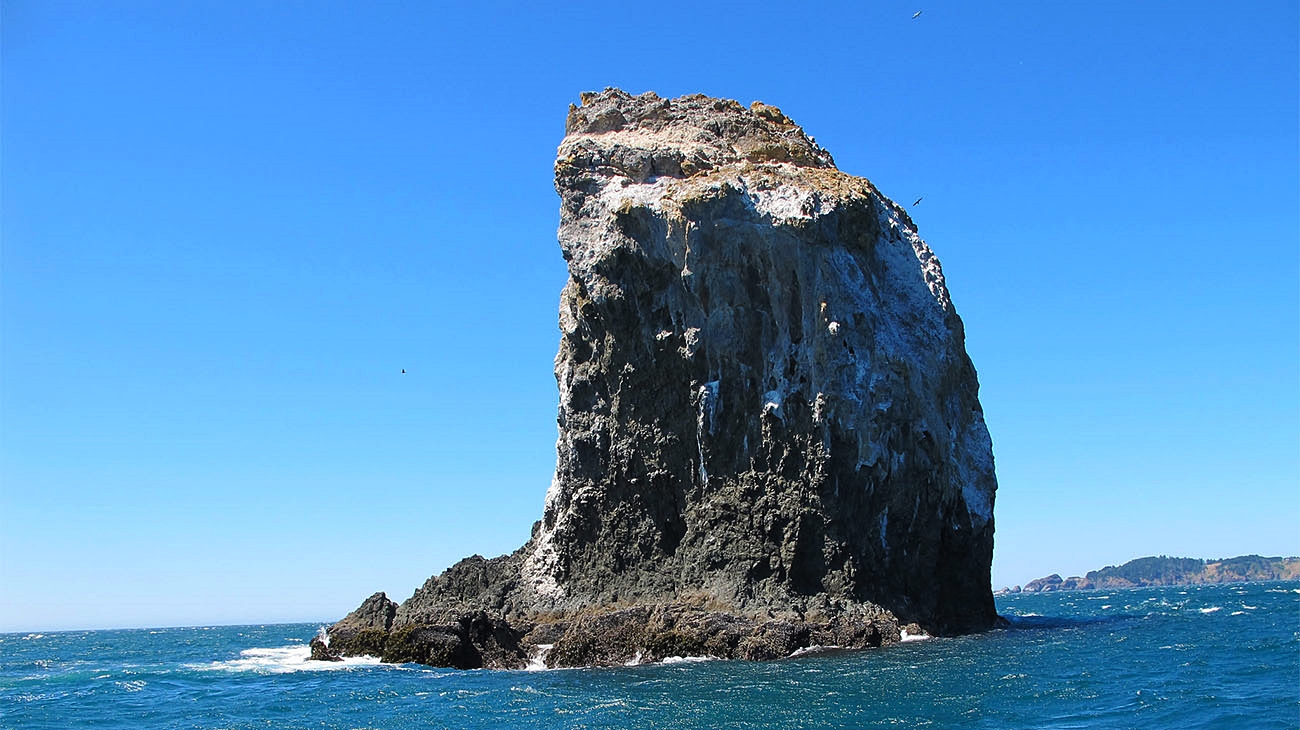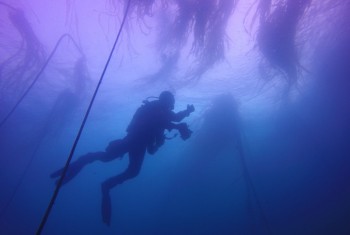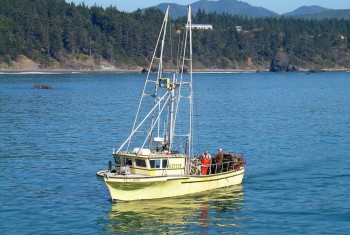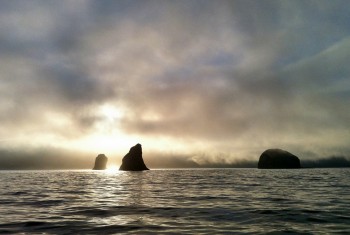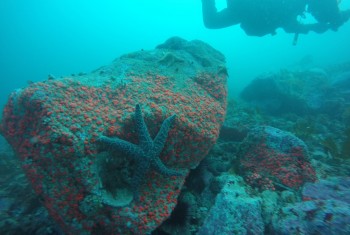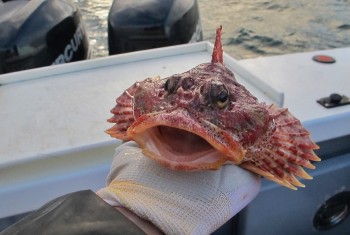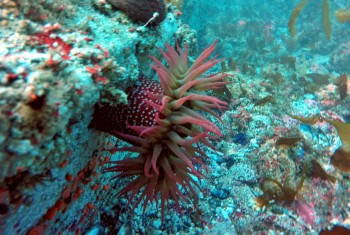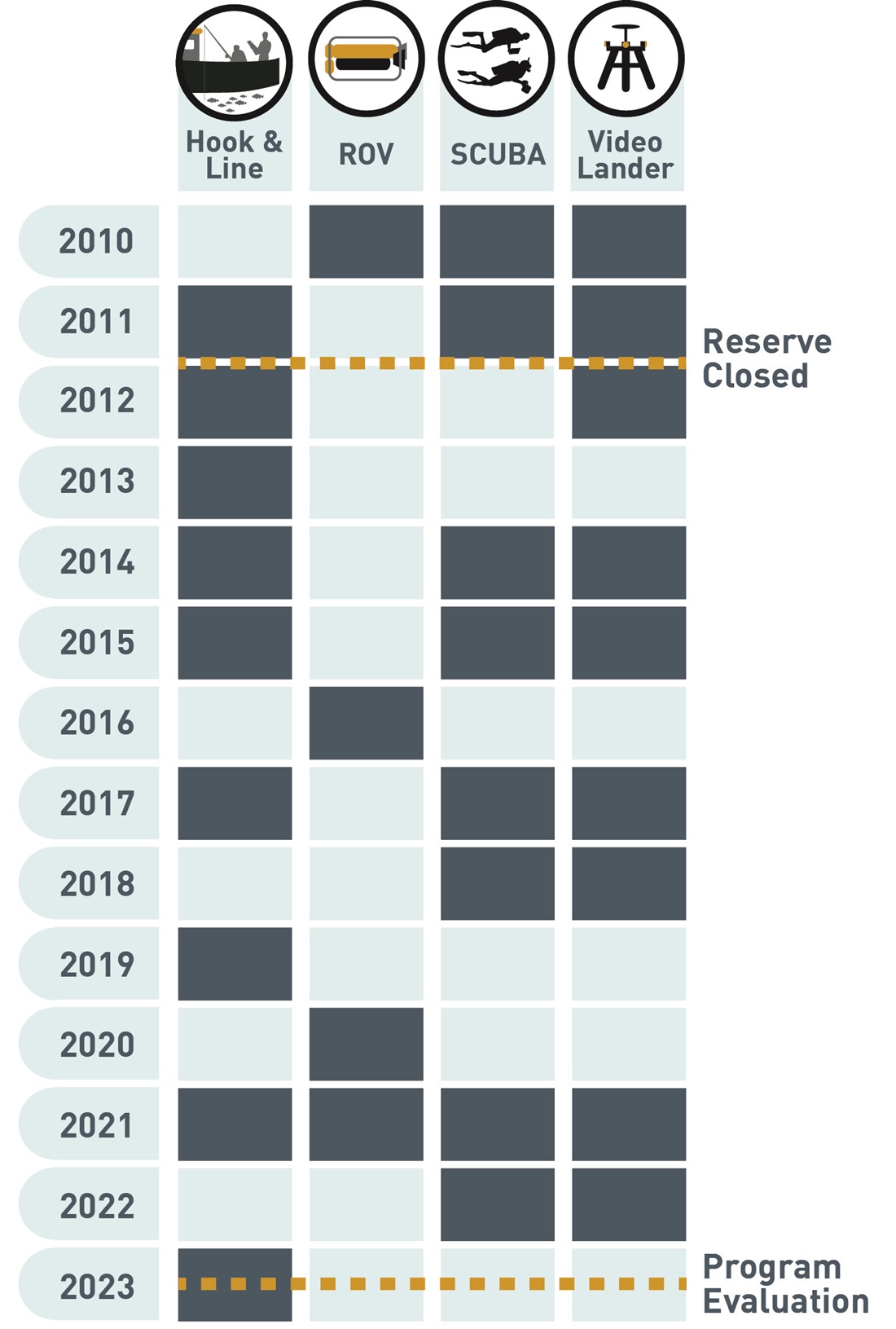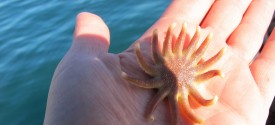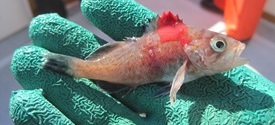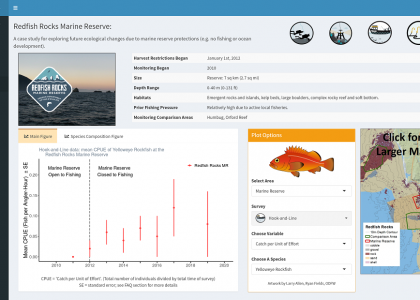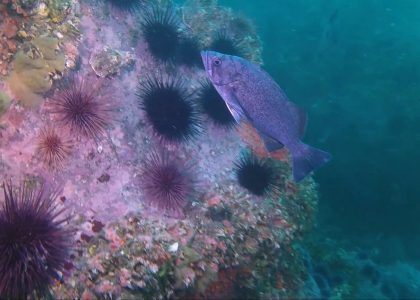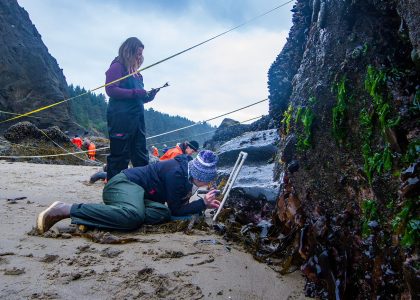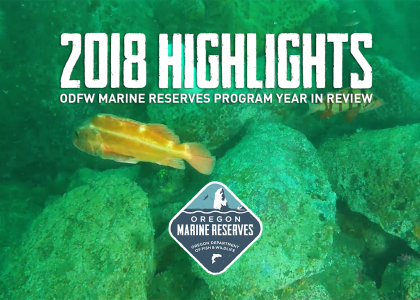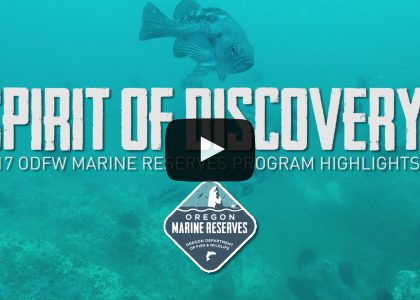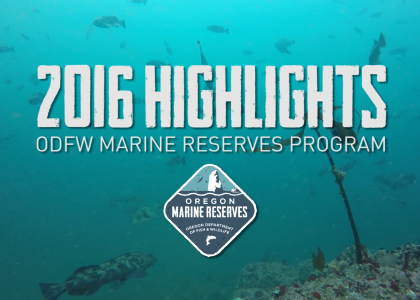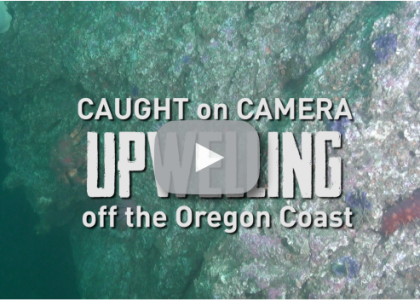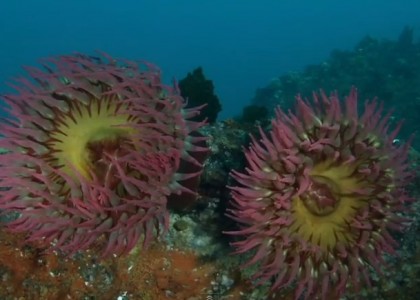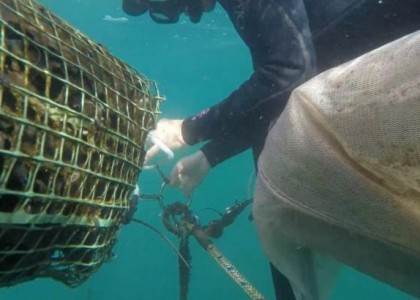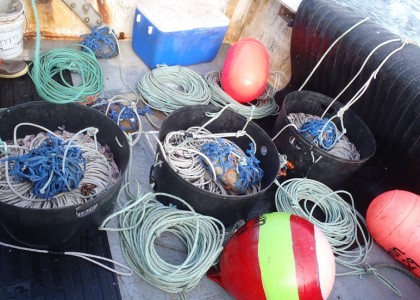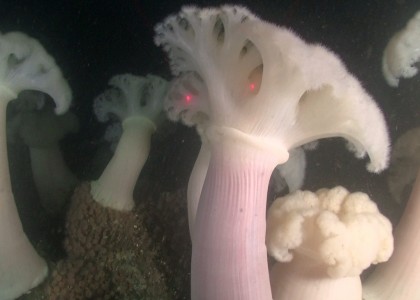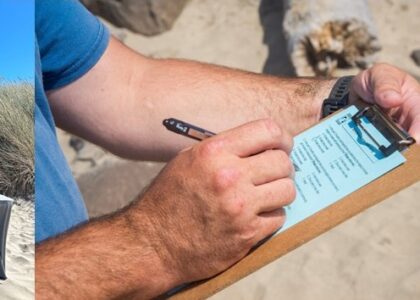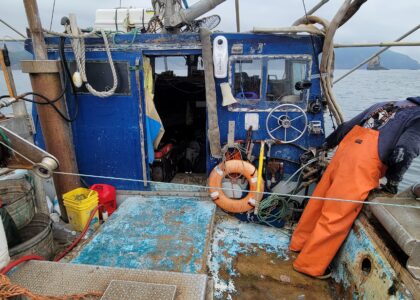The Redfish Rocks Marine Reserve is located off the south Oregon coast between Rocky Point and Coal Point, just south of the town of Port Orford. The site includes a marine reserve with an MPA to the west that stretches offshore towards the state’s Territorial Sea boundary.
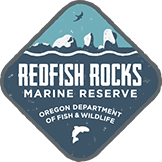
Marine Reserve
No take of animals or seaweeds. No ocean development.
MPA
No ocean development. Some fishing activities are allowed. See the site specific rules here.
What Makes Redfish Rocks Unique
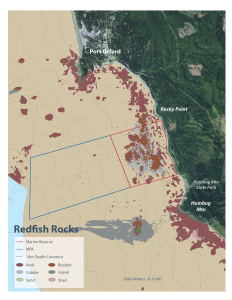
Beneath the Surface
The marine reserve includes emergent rocks and islands surrounded by high-relief rocky reef and bedrock, intermixed with cobble and boulder fields. Kelp beds are found in between the islands and the shore. These habitats support a wide diversity of fish, invertebrates, and seaweeds. The MPA is located west of the rocky reef. The MPA is dominated by large stretches of sand broken up by patches of rock habitat of varying size.
This site is Oregon’s only marine reserve located south of Cape Blanco. Cape Blanco is a known biogeographic break — where the north-south extent of some species begin or end — within the California Current System.
From Land
Visitors can find views overlooking the reserve from nearby parks at Port Orford Heads, Battle Rock, and Humbug Mountain. Looking out over the reserve you’ll find five distinctive islands rising dramatically above the surface of the water. These islands are part of the Oregon Islands National Wildlife Refuge and are home to seabirds and marine mammals. Nearby towns and ports include Port Orford and Gold Beach.
Planning a Visit?
For more Cascade Head activities, including hikes and viewpoints, visit this activity guide to plan your trip.
| Harvest Restrictions Began | January 1, 2012 |
| Monitoring Began | 2010 |
| Size | Reserve: 7 sq km (2.7 sq mi) MPA: 13 sq km (5 sq mi). |
| Depth Range | 0-40 m (0-131 ft) |
| Habitats | Emergent rocks and islands, kelp beds, large boulders, complex rocky reef, and soft bottom |
| Habitat Connectivity | Rocky reef habitats extend beyond the reserve. |
| Prior Fishing Pressure | Relatively high due to active local fisheries |
| Monitoring Comparison Areas | Humbug, Orford Reef, and McKenzie Reef |
Design & Placement Matter
The ODFW Marine Reserves Program uses different monitoring tools tailored to each of Oregon’s marine reserves based on the reserve’s size, habitats, depths, prior fishing activities, and other unique characteristics of each reserve.
The Redfish Rocks Marine Reserve features complex and diverse habitats, and experienced relatively high fishing pressure on groundfish and sea urchins prior to closure. The marine reserve includes a variety of habitats and depths, providing protections for an assortment of previously harvested fish and invertebrate species. Most of the Redfish Rocks Reef is encompassed within the boundaries of the marine reserve, with additional rock habitat extending north and south outside of the reserve. The MPA provides further protection to groundfish species by only allowing the harvest of salmon and crab.
Sampling Approach The design and placement of the marine reserve at Redfish Rocks allow us to evaluate how marine species respond to reserve protections — no fishing — compared to areas still open to fishing over time.
![]()
We are monitoring both inside the reserve and outside the reserve in “comparison areas” still open to fishing with similar habitats, depths, and fishing activity. We began sampling two years prior to the reserve being closed to fishing to identify initial conditions in the marine reserve and comparison areas and will continue sampling into the future to track how these areas change over time.
